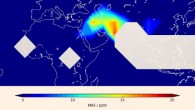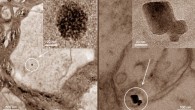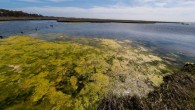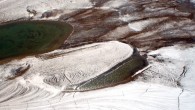Lab tests of harmful nitrogen oxide (NOx) emissions from diesel vehicles underestimate the real-world emissions by as much as 50%, a new study led by researchers from the International Council on Clean Transportation (ICCT) and Environmental Health Analytics (EHA) has shown. Cars, trucks and buses worldwide emit 4.6 million tons more harmful NOx than standards allow, according to the new study. Image credit: Arsi Warrior. Dr. Susan Anenberg, an expert...












